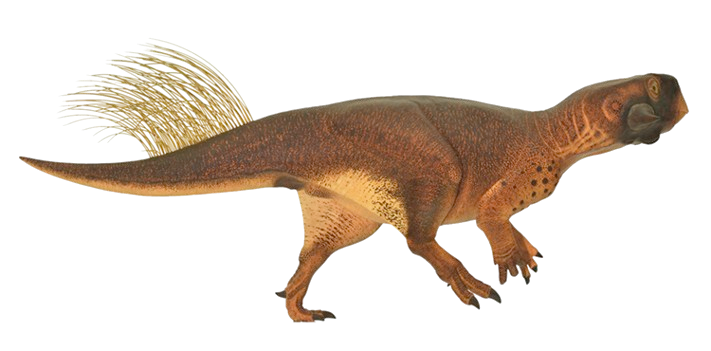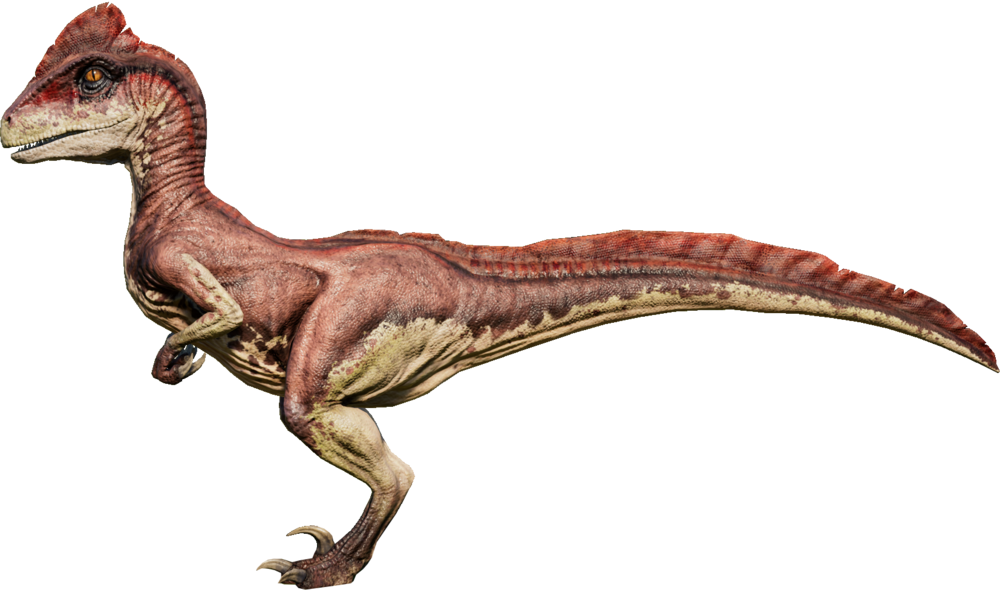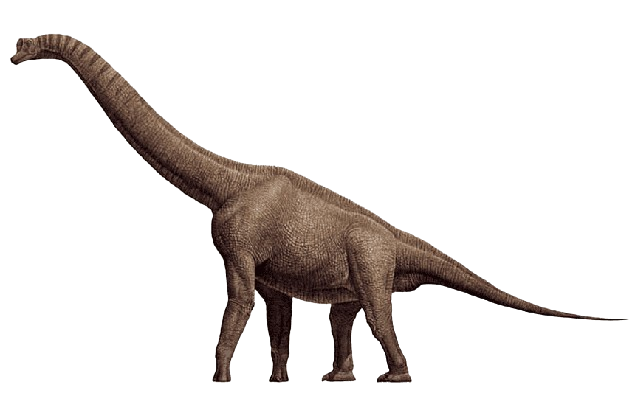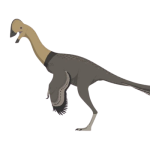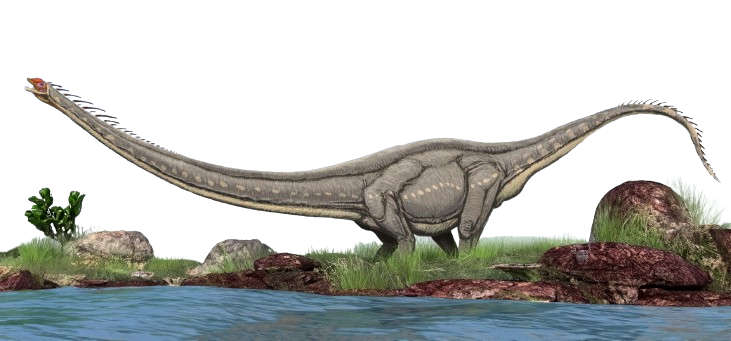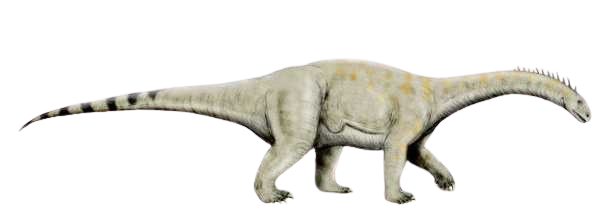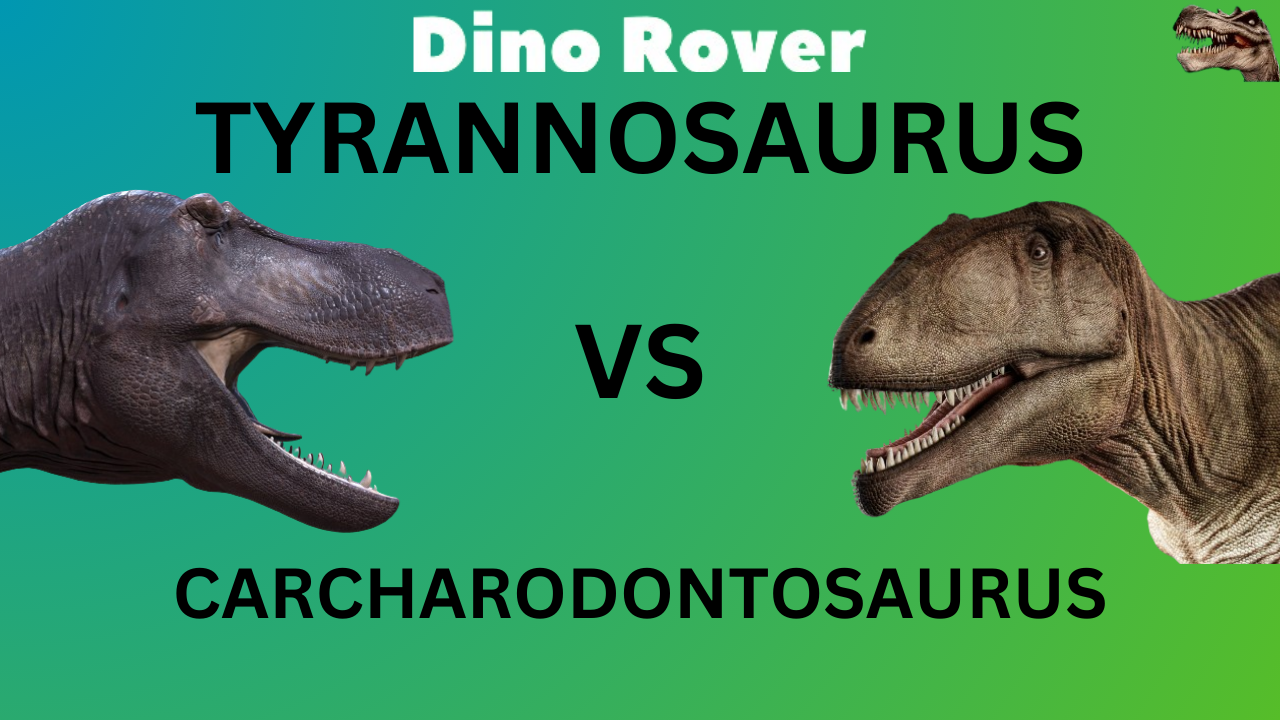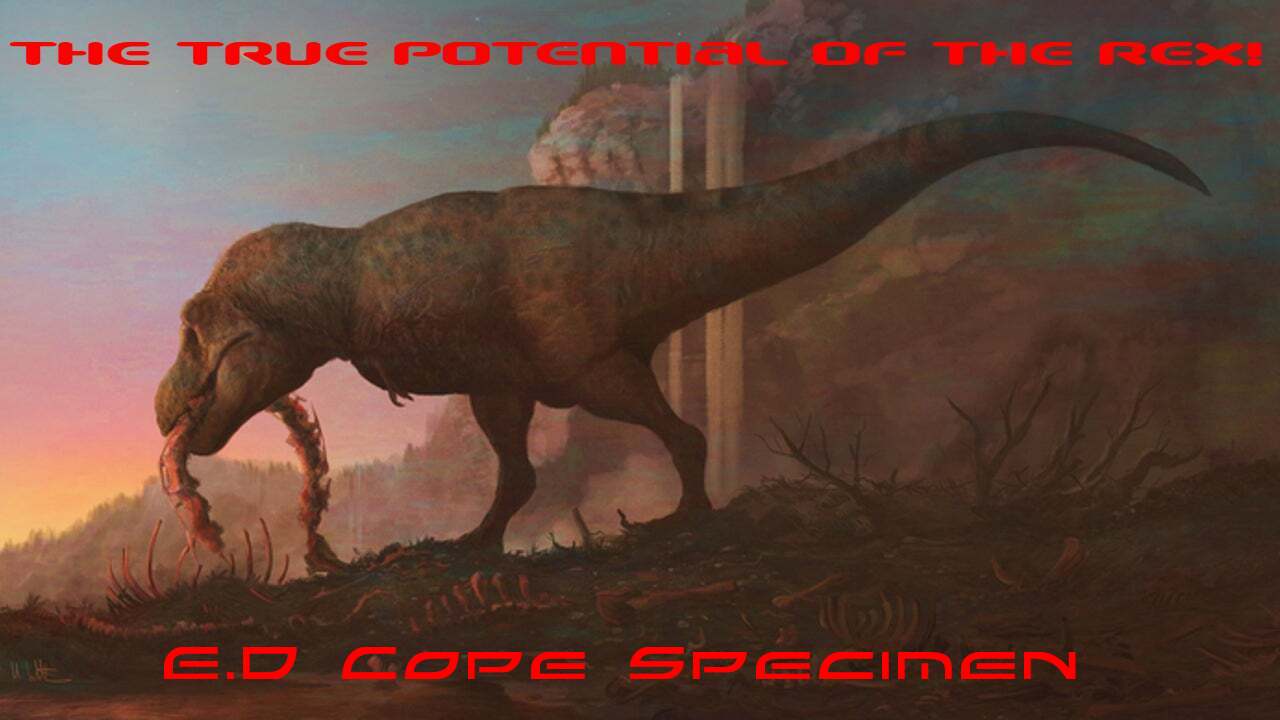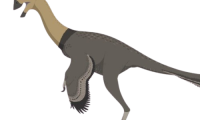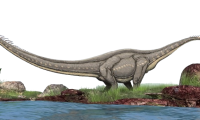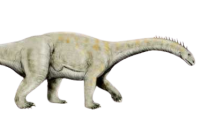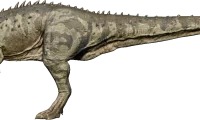Psittacosaurus, derived from the Greek words “psittakos” meaning parrot and “sauros” meaning lizard, is a noteworthy member of the dinosaur family, particularly within the ceratopsian group. Characterized by its petite size and primitiveness, Psittacosaurus existed during the early Cretaceous period, approximately 119-97.5 million years ago. Unearthing the remains of Psittacosaurus has proven invaluable in illuminating the intricate details of this intriguing species.
A herbivorous creature, Psittacosaurus possessed a nimble and agile physique, equipped with a narrow, toothless beak at the forefront of its skull. Towards the rear of its mouth were cheek teeth, indicative of its plant-eating habits. The skeletal structure featured a distinctive boxy skull adorned with short, horn-like projections on its cheeks. Measuring between 2.6 to 6.5 feet in length and weighing 50-175 pounds, Psittacosaurus was relatively diminutive compared to some of its dinosaur counterparts.
The creature exhibited a fascinating adaptability with the ability to traverse on either two or four legs. The former, it is believed, might have facilitated swift locomotion, possibly as a primary means of escaping predators. The proportionally shorter arms compared to its legs and the presence of four long fingers on each hand hint at its dynamic and versatile nature.
Through the study of growth lines in Psittacosaurus mongoliensis bones, a practice analogous to studying tree rings for age determination, paleontologists estimate a lifespan of at least 10-11 years for this species. Moreover, these growth lines offer insights into the ontogeny and maturation of Psittacosaurus individuals.
Fossils of Psittacosaurus have been discovered in various regions including Mongolia, China, and Thailand. The recognition of Psittacosaurus as a herding animal akin to some other ceratopsians has been postulated by paleontologists, emphasizing the possibility of social behaviors within the species.
The genus Psittacosaurus is not confined to a singular species; rather, it boasts a diversity of species, each with its unique characteristics. Among these are P. mazongshanensis, P. meileyingensis, P. neimongoliensis, P. ordosensis, P. sattayaraki, P. sinensis, and P. xinjiangensis. The classification of these species underscores the evolutionary richness within the Psittacosaurus lineage.
In summary, Psittacosaurus, despite its primitive status within the ceratopsian order, emerges as a captivating subject for paleontologists. The exploration of its skeletal remains has unveiled a compelling narrative about its physical attributes, lifestyle, and evolutionary adaptations during the early Cretaceous period. This small parrot lizard continues to contribute significantly to our understanding of dinosaur diversity and behavior.


